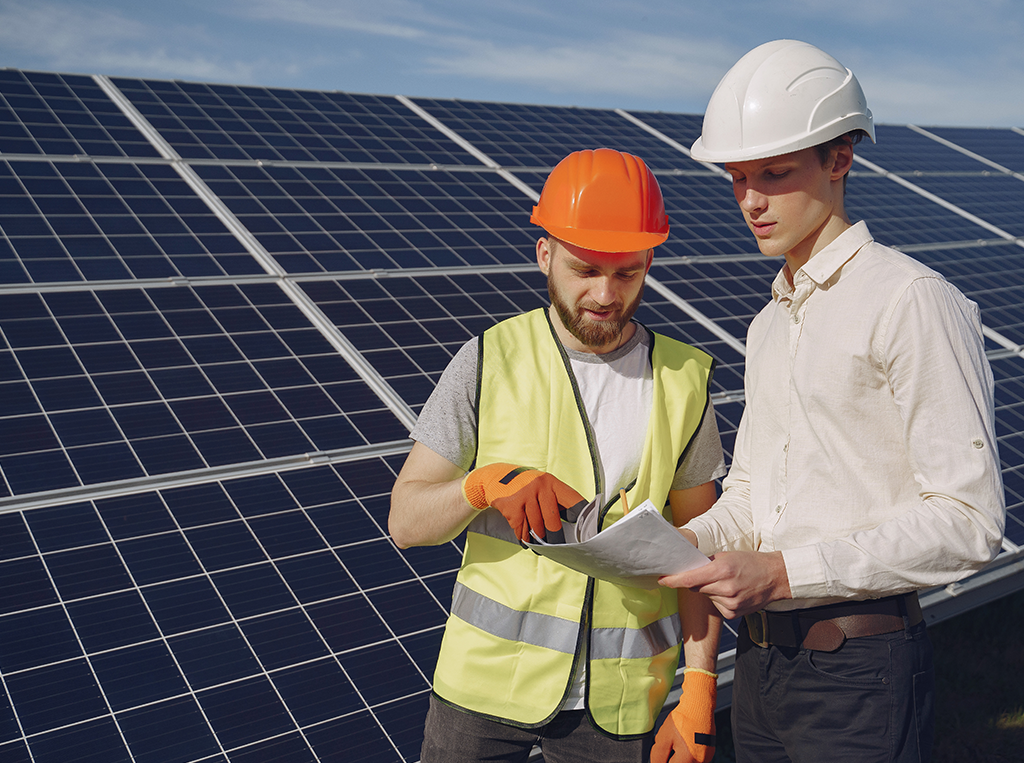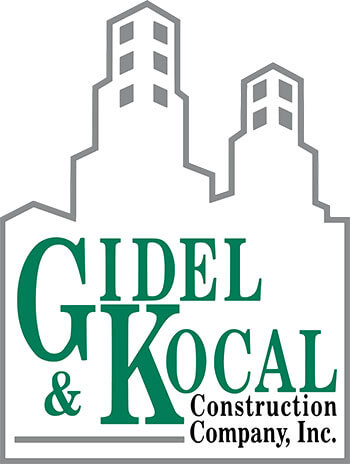A new wave of construction is underway and it’s taking shape in the form of sustainable building design. This practice of building structures with minimal environmental impact is not necessarily new, but its popularity has gained traction as of late. The world is becoming more conscious of the impact our behavior has on its future, which means architects and builders are adopting sustainable building designs to create more energy-efficient and eco-friendly structures.

Sustainable building design is beneficial in so many regards, just some of which include improving energy efficiency, enhancing indoor air quality, conserving water, reducing operating costs, increasing property value, and creating a positive social impact. In this article, we will discuss the 5 methods for sustainable building designs that may help create more sustainable and resilient construction.
Solar Panels for Energy
Incorporating a solar energy system into the construction of your commercial building can help you reduce costs while utilizing clean energy resources. The most common type of solar panel for commercial use is a monocrystalline solar panel. Made of pure silicon, these solar panels are space-efficient and long-lasting. This specific type of solar panel is suited for commercial buildings given the higher number of photovoltaic (PV) cells these buildings contain. Monocrystalline solar panels tend to offer higher efficiency and performance, both of which are necessary when powering an entire commercial structure with potentially hundreds of personnel.
Green Roofs
Installing green roofs involves covering the roof of a building with vegetation. Doing this helps decrease heat gain, lowers the building’s temperature, and reduces energy consumption. At the same time, green roofs can help reduce stormwater runoff and improve air quality. Not only will your roof be filled with harvestable vegetation, but the temperature will also be much cooler.
Water Conservation
In the simplest of terms, water conservation is a practice of sustainable building design based on reducing water consumption and waste. Integrating designs such as low-flow fixtures and rainwater harvesting can be steps toward water conservation. Additionally, conserving water resources helps reduce water bills and contributes to our environment’s sustainability.
Energy-Efficient Lighting
Using energy-efficient light bulbs and fixtures is one of the most regularly implemented methods of sustainable building design. This helps decrease energy consumption and cost while improving the lighting quality. At the same time, using natural lighting through windows and skylights reduces the need for artificial lighting in the daytime.
Green Walls
Also known as living walls or vertical gardens, this sustainable building design is wall-mounted structures covered in vegetation. Designers can install green walls both inside and outside of the building. Aside from improving the air quality, green walls help reduce the urban heat island effect and also provide thermal insulation.
It is our responsibility to be more aware of the impact of buildings on the environment. By adopting sustainable building designs, we can lessen our carbon footprint and help preserve our planet. The methods discussed in this article are just a few of the many ways to create sustainable building designs. By continuing to develop and implement sustainable building designs, we can create a more sustainable future for generations to come. If you or someone you know needs sustainable pre construction services or general contracting services, visit us at Gidel and Kocal Construction. Feel free to contact us today!
